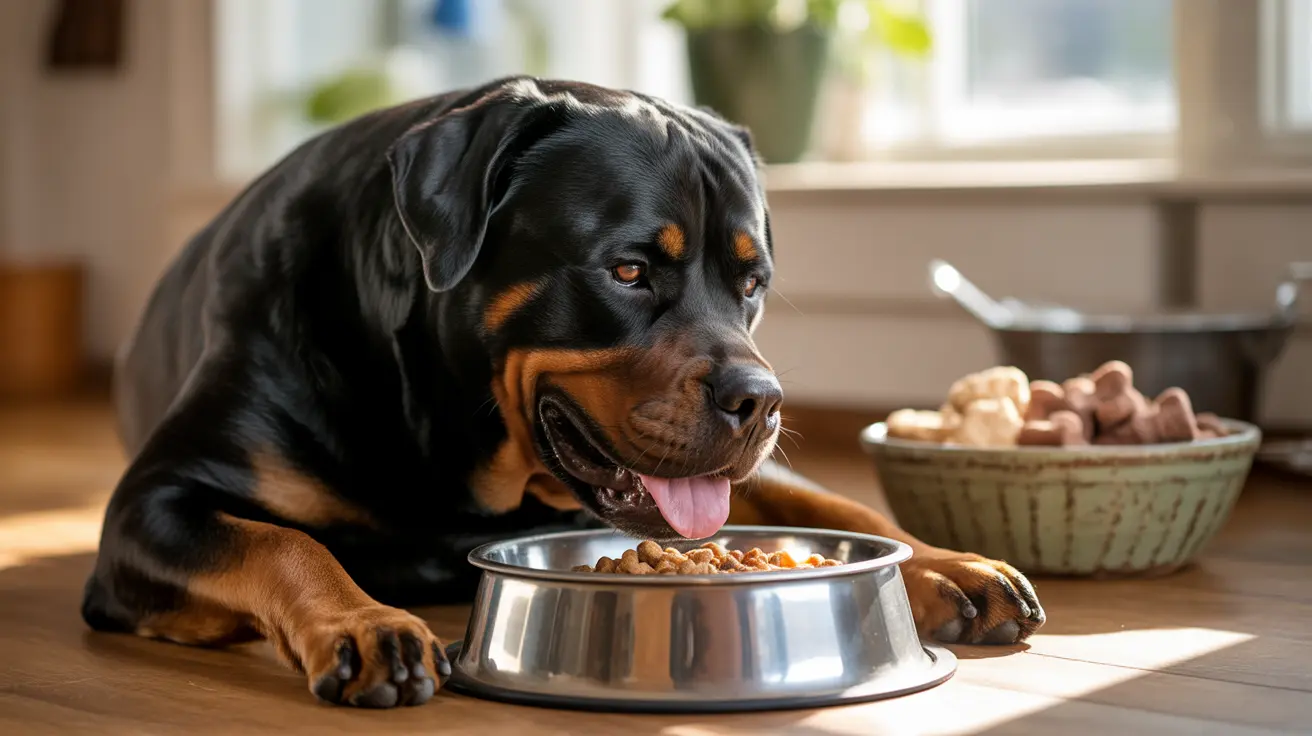Do Dogs Wait for Their Owners to Eat? Exploring Instinct and Behavior
Understanding whether dogs wait for their owners to eat touches on deeper questions about canine instinct, loyalty, and survival. While many people believe in the undying loyalty of dogs, especially when faced with the death of their owners, forensic case studies and real-world accounts suggest a more nuanced reality.
The Myth of Always Loving and Loyal Dogs
Most pet owners envisage their dogs as loving companions who would never harm or abandon them. However, forensic evidence suggests that dogs may scavenge on the bodies of their deceased owners under specific circumstances. While this might seem shocking or unsettling, it's important to assess the behavior scientifically and empathetically.
Forensic Case Reports and Observations
Several case studies have shown that:
- Dogs may guard their owner's body after death, showing protective behavior initially.
- Scavenging may occur even when food is available, indicating that motivation might go beyond mere hunger.
- The face and upper body are commonly targeted in indoor settings, diverging from typical outdoor scavenging behavior.
- In roughly 25% of cases, dogs began scavenging in under 24 hours.
- Pet breeds, temperament, and isolation period play significant roles in whether dogs consume human remains.
What Triggers Dogs to Consume Human Remains?
Contrary to the belief that dogs 'wait' for their owners or die out of loyalty, multiple triggers influence such behavior:
- Distress and confusion: Dogs may try to rouse their owner through licking or nudging. When there is no reaction, anxiety and stress may cause behavior escalation.
- Taste of blood: If the pet bites the owner accidentally or tastes blood, this may act as a trigger for further consumption.
- Instinctual behavior: Dogs have retained varying degrees of predatory and scavenging instincts, depending on breed and upbringing.
- Putrefaction scent: Some dogs only start feeding after decomposition sets in, altering the smell and possibly overriding social bonds.
- Lack of stimulation and stress: Being left alone with no stimuli or care can severely impact a dog’s behavior, leading to survival-driven actions.
Contrasts Between Dogs and Cats
While both dogs and cats may consume human remains in absence of care and prolonged isolation:
- Dogs are involved more frequently in such cases according to forensic data.
- Cats may begin nibbling sooner, sometimes within 48 hours, particularly on facial tissue.
- Cats are more selective eaters, likely influenced by their sensitive digestive systems and learned food preferences.
- Dogs show more variety in scavenging behavior, possibly due to broader breed variability and less specialized diets.
The Role of Environment and Care
Lonely, ill, or elderly pet owners are especially vulnerable to such scenarios. Several factors increase the likelihood of scavenging:
- Living alone: Increases the chance that a body goes undiscovered for days.
- Lack of regular check-ins: The longer a pet is left without stimuli, care, or food, the higher the chance for distress-driven actions.
- Isolation stress: Extended time alone and without direction can cause anxiety, which may lead pets to override trained behaviors.
Forensic Implications
Investigators face challenges due to pet scavenging, including:
- Difficulty in identifying cause of death as pet-inflicted wounds may resemble violent injuries.
- Toxicological evidence may be lost through wound degradation.
- Animal DNA and fecal samples must now be collected to understand postmortem behavior.
Preventive Measures and Pet Welfare
While no method eliminates the risk entirely, certain actions can reduce the likelihood:
- Regular welfare checks: Especially for individuals who live alone.
- Community support: Close neighbors and friends can form support networks for vulnerable persons.
- Automated check-in technologies: Devices that notify someone if a person fails to check in regularly may help prevent undiscovered deaths.
Ethical Perspectives from Pet Owners
Importantly, some pet owners take a pragmatic view. They’d rather their pet survive via scavenging than die of starvation. This perspective underscores the complex, emotional, and instinctual relationship between pets and owners.
Final Thoughts
Dogs do not 'wait' for their owners to eat in a symbolic or respectful sense. Although initial reactions after a death often reflect attachment—such as guarding or attempts to rouse—a combination of instinct, stress, and survival drive often override these behaviors. This is not a betrayal but a reality of animal behavior observed and documented in postmortem scenarios.





